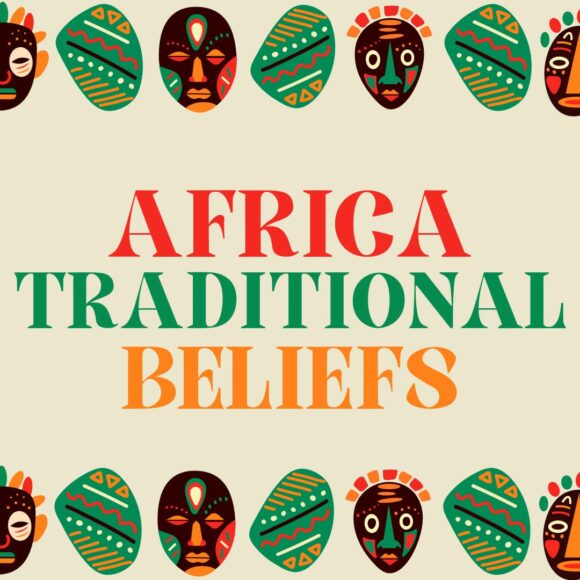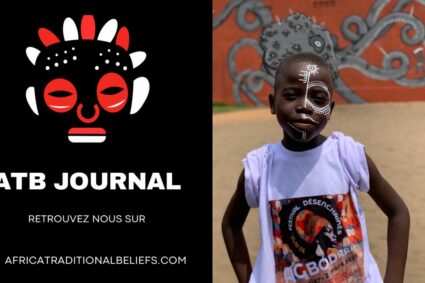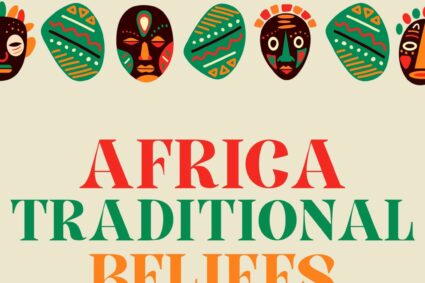
by Magashi J Ntegwa
Ng’wanamalundi, also known as Igulu Bugomola, was a legendary figure among the Sukuma people of Tanzania. His story highlights the deep influence of cultural and traditional practices in shaping leadership, entertainment, and even resistance against colonial rule. Through dance, spiritual beliefs, and symbolic acts, he became a powerful figure whose legacy still resonates today.
One of the key aspects of Ng’wanamalundi’s influence was his exceptional ability in traditional dance. Among the Sukuma, dance was more than just entertainment—it was a source of status, unity, and strength. Ng’wanamalundi’s ability to perform extraordinary dance moves, such as elongating his body like a tall stick (ngongoti), made him a respected figure. His formation of a dance troupe that attracted many young people demonstrated how cultural activities could command authority and inspire devotion.
Beyond dance, traditional spiritual and magical beliefs played a crucial role in his life. The Sukuma people often relied on diviners and medicine men for protection and success, and Ng’wanamalundi was believed to possess mystical powers. His ability to manipulate his body and summon spirits contributed to his legendary status. These beliefs reinforced his influence, as many saw him not just as a performer but as someone with supernatural abilities that transcended ordinary human capabilities.
Ng’wanamalundi also became a symbol of cultural resistance during colonial rule. A famous incident involved him allegedly causing a tree used by German officers in Bukumbi to dry up, an act that was seen as a direct challenge to colonial authority. This event reflected how indigenous beliefs and cultural symbols could be used as forms of resistance against foreign rule. His eventual arrest and imprisonment demonstrated how colonial authorities viewed traditional figures as potential threats to their control.
Despite not holding an official political title, Ng’wanamalundi’s fame and power were deeply rooted in Sukuma customs, which valued warriors, spiritual leaders, and performers. His reputation made him an informal leader, showcasing how traditional practices shaped authority without relying on formal governance structures. His influence extended beyond entertainment, reinforcing the significance of cultural figures in maintaining social order and community identity.
Ng’wanamalundi’s story is a testament to the strength of cultural and traditional practices among the Sukuma people. His legacy as a powerful dancer, spiritual figure, and symbol of resistance highlights the deep-rooted role of traditions in shaping authority and societal structures in pre-colonial and colonial Tanzania. His life serves as a reminder of how indigenous customs and beliefs continued to hold significance, even in the face of external influences.
One thought on “Ng’wanamalundi: The Power of Culture and Tradition Among the Sukuma People in Tanzania”
Comments are closed.




Thank you so much for the article! Very interesting!